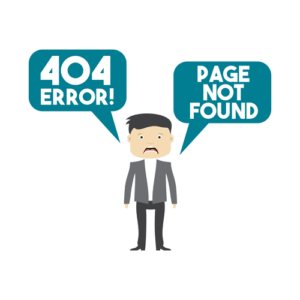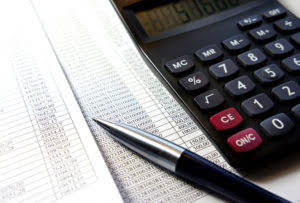Marginal Cost: How to Calculate, Formula & 3 Examples

Thus, at $230 to produce—more than the current average cost of $200—the company would have to sell phones for at least $230 each, or it would lose Accounting for Marketing Agencies money on every additional unit produced. Even if the current market price is above $230, the company must consider whether the increased supply might force it to lower prices to sell all produced units. For instance, if a factory produces 100 widgets at a total cost of $1,000—and producing 101 widgets costs $1,009 in total—the marginal cost of that one extra widget is $9.
- This strategy attracts price-sensitive customers while covering variable costs, though it may not significantly contribute to fixed cost recovery or profit margins.
- Fixed costs, like rent or salaries that don’t change with production levels, aren’t included in this calculation.
- Marginal cost is a critical concept in economics and business, reflecting the cost of producing one additional unit of a good.
- Understanding marginal cost is crucial for businesses to maximize their profits and efficiently allocate their resources.
- It is crucial for determining the optimal level of production and pricing strategies.
- Several factors can cause changes in marginal cost, including changes in variable costs (like wages and raw materials), production efficiency, and technology.
Marginal Cost vs. Marginal Revenue: What is the Difference?

This is an important component in corporate governance and revenue cycle management. The cost to make one rocking chair may cost $75, the cost of make two rocking chairs may cost $140 total, and the cost to make three rock chairs may cost $200 total. The marginal cost of the first chair is $75, the second chair is $65, and the third chair how is marginal cost (mc) calculated? is $60. Marginal benefit represents the incremental increase in the benefit to a consumer brought on by consuming one additional unit of a good or service.
Product Review: Bose QuietComfort Ultra II – Comfort Redefined
- Conversely, when MPL decreases due to diminishing returns, MC increases as each additional unit of output becomes more costly to produce.
- It also includes information asymmetries, the presence of externalities, transaction costs, etc.
- Tools like accounting software can streamline the process and simulate various production scenarios, offering a comprehensive view of marginal cost behavior.
- Businesses may experience lower costs of producing more goods if they have what are known as economies of scale.
- The marginal cost of production is affected by many factors labor and raw material cost, or cost of energy consumption.
- Furthermore, it can enable companies to identify inefficiencies in their production processes and make data-driven decisions about expansion or contraction.
Always keep in mind that while the concept of marginal cost seems simple, it can have a profound impact on the overall success of your business operations. However, rising marginal costs may signal diminishing returns, where additional production increases total costs more than revenue. This often prompts businesses to reevaluate resource allocation or invest in technology to improve efficiency. In capital-intensive industries like manufacturing, understanding the point where marginal cost intersects with marginal revenue is crucial for optimizing production levels.

Marginal Cost Formula Examples
Furthermore, it can enable companies to identify inefficiencies in their production processes and make data-driven decisions about expansion or contraction. However, as production volume approaches the facility’s capacity, these efficiency gains begin to taper off. Maybe the machinery needs more frequent maintenance, workers need overtime pay, or storage space becomes scarce. The marginal cost curve begins to slope upward at this point, signaling that each additional unit will now cost more to produce than the previous one. As marginal costs rise, they eventually meet marginal revenue, creating an equilibrium point that signals the most profitable production level. Initially, as output increases, the business becomes more efficient at using its resources.

This relationship creates a U-shaped marginal cost curve, where costs decrease to a point and then increase sharply. Of all the different categories of costs discussed by economists, including total cost, total variable cost, total fixed cost, etc., marginal cost is arguably the most important. Firms compare marginal revenue of a unit sold with its marginal cost and produce it only if the marginal revenue what are retained earnings is higher or equal to the marginal cost. Operating beyond the point where marginal cost equals marginal revenue means losing money on each additional unit, even if the overall operation remains profitable. Understanding where these curves intersect helps businesses make strategic decisions about production, pricing, and capacity investments.
